Kindle Oasis and Kindle Paperwhite each have their own pros and cons and, while they share quite a few characteristics, there are also a few reasons why you might choose one over the other, depending on your needs. However, if you are looking for a non-Amazon alternative, you can see how the Kindle compares against Barnes & Noble’s Nook.
But if you’re set on buying a Kindle and are still weighing your options, let’s dive a little deeper and see what each model has to offer, as well as explore reasons to buy a kindle.
Reasons to Buy a Kindle?
The initial success was likely due to the vast library of content available on Amazon. Ever since its launch, Kindle has remained the best-selling ebook reader and it’s probably because it still holds something of a book feel. While its displays are crisp, the screens are glare-free, which is a great relief for the eyes.
Users can add thousands of books to their devices, not to mention they benefit from the Amazon Kindle Unlimited service, which allows for unlimited access to the vast Amazon library.
If you need more reasons to buy a kindle, the device can be of help if you are trying to learn a new language, as it incorporates multilingual dictionaries that are very convenient in the learning process.
The two Kindles mentioned in this article: Kindle Oasis and Kindle Paperwhite both use LED light to illuminate the screen, while the Oasis boasts more LEDs than the Paperwhite, therefore it offers more lighting levels and better uniformity around the screen. Of course, for both devices, you can adjust the lighting by using the automatic brightness.
Reading is easier, more enjoyable, and better for your eyes on a Kindle E-Ink display than on an LCD such as a tablet or smartphone. Not to mention a Kindle Oasis or Kindle Paperwhite will let you enjoy a library of thousands of books in one compact device while being able to survive a dip in the bathtub, which is more than you can say for a paper book.
The Kindle Oasis
The third generation of Amazon Kindle Oasis was launched on July 24, 2019 with a design not very different from its predecessor. This includes a 7-inch E-Ink display and a super sharp resolution of 300 ppi.
You can also choose between 8GB or 32GB of storage, and a 32GB 4G LTE model is available for those who wish to be able to download books anywhere. It also has an IPX8 rating, which means it can survive a one-hour immersion in up to two meters of water.
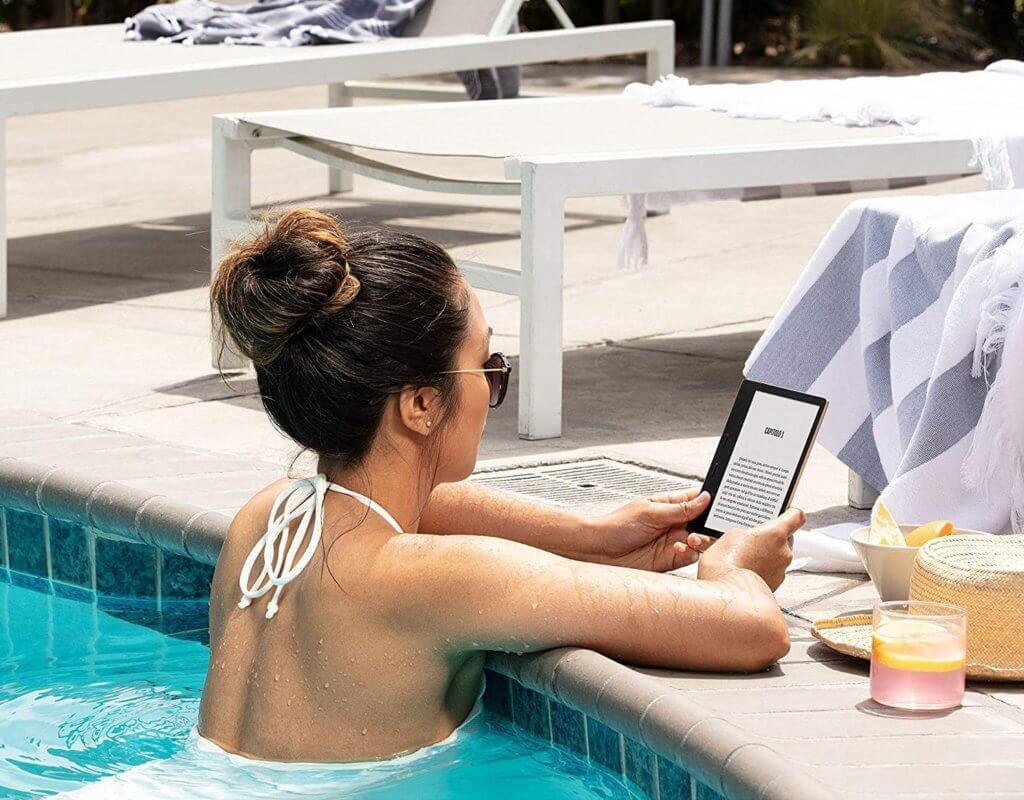
A novelty for this model, not to mention the entire Kindle family, is the 25 LED backlight capable of adjusting the display temperature to warmer tones, making the image more pleasant and less burdensome on the eye.
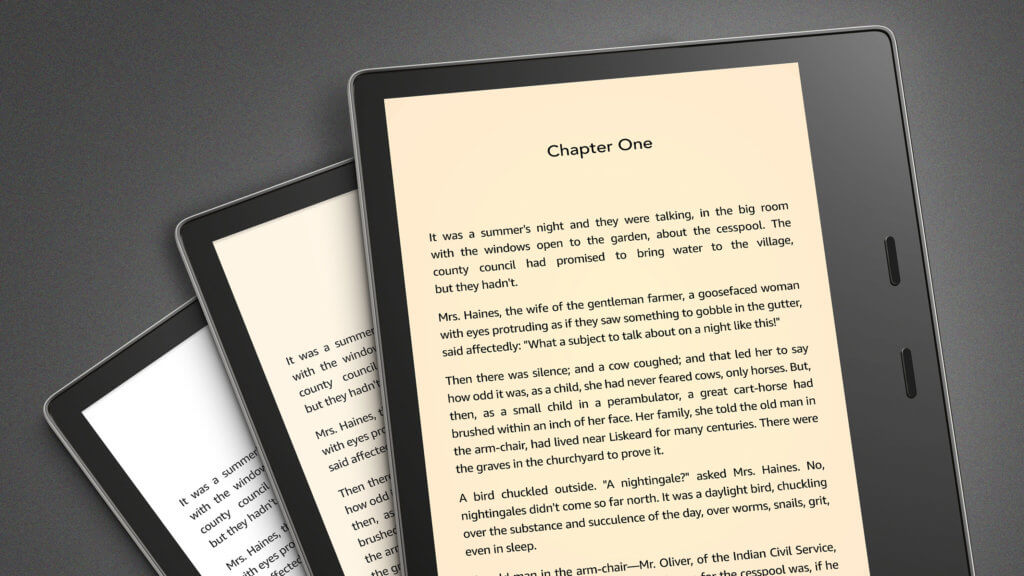
Amazon Kindle Paperwhite
The fourth-generation Kindle Paperwhite first came out on Amazon on November 7, 2018. Its purpose seemed to be to combine the main features of the high-end Oasis into a more affordable device for the mass market.
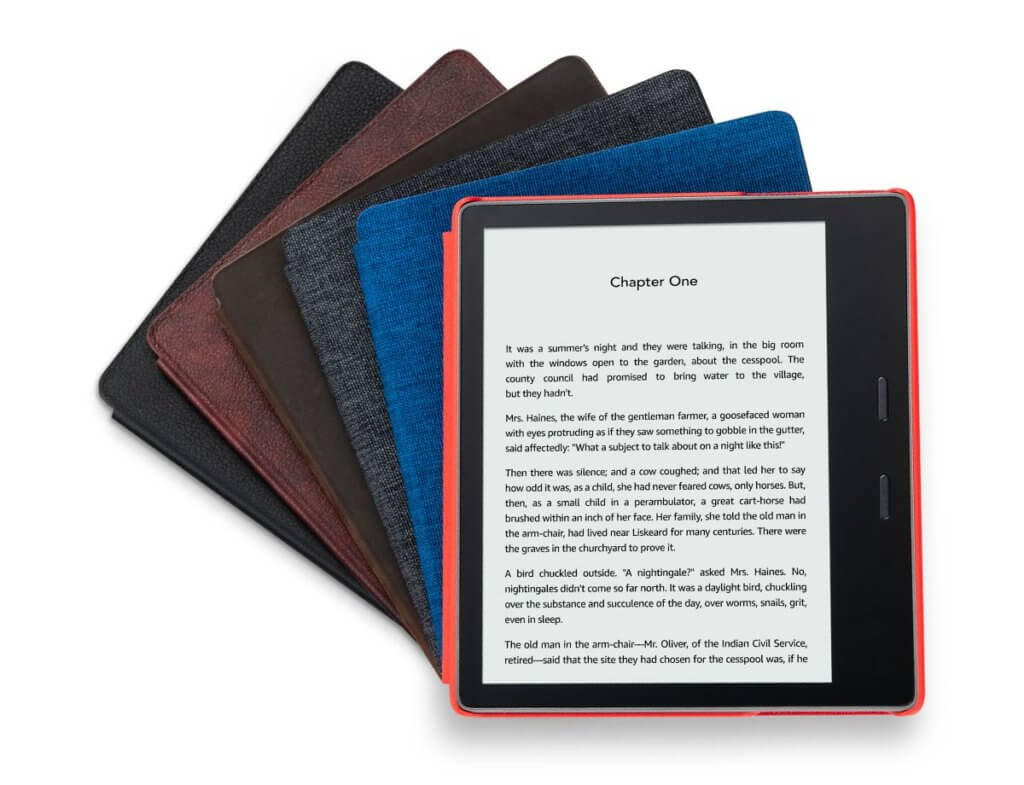
With the Paperwhite you get a 6-inch 300 ppi E Ink display, IPX8 waterproofing for poolside readers, and a choice of 8GB or 32GB of storage. Also, there is the 32 GB model with 4G LTE functionality.
So, What Are The Main Differences?
There is a big difference between Kindle Oasis and Paperwhite when it comes to design. Oasis has a slim aluminum body, with a thicker section on one side, which houses the physical buttons for turning the pages.
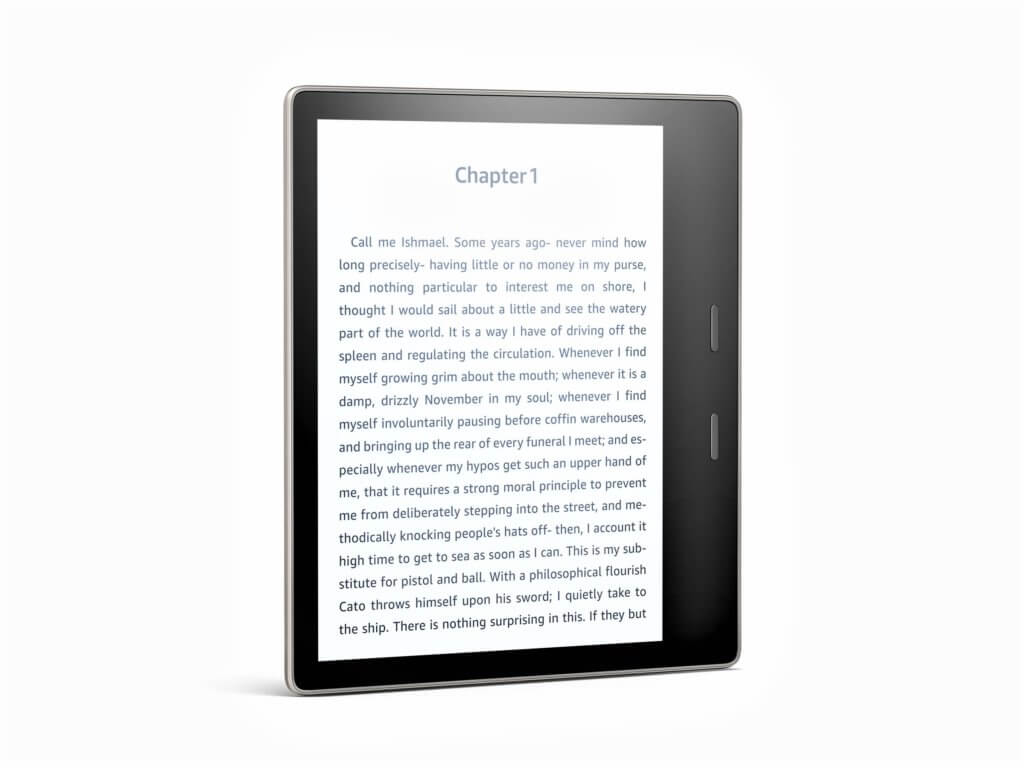
The Paperwhite on the other hand, is made of matte plastic, with thicker bezels around the smaller screen and no physical button to turn the page. The Oasis is available in graphite black or champagne gold, but the Paperwhite has a wider selection of colors, which include black, sage, plum or twilight blue.
Both e-book readers have an IPX8 rating, which means splashes and rain are no problem. To be precise, they can be immersed for 60 minutes at a depth of 2 meters in freshwater; and up to 3 minutes at a depth of 0.25 meters in salt water.
Also Read: AI Authors Will Narrate Audiobooks in China
Although the Kindle Oasis and the Kindle Paperwhite both have crisp screens with a resolution of 300 pixels per inch, there are some important differences. For starters, the Oasis has a larger 7-inch screen, while the Paperwhite has a 6-inch screen. But only the Oasis allows you to filter out blue light at night if you wish, making night reading a more enjoyable experience.
Performance and Battery
Amazon doesn’t specify the processors and RAM of its e-book readers, but the Kindle Oasis and Kindle Paperwhite are both responsive and easy to navigate. Side by side, the Kindle Oasis responds to touches a little faster, so it seems to have a bit more processing power under the hood.
Amazon prefers to describe battery life for both Kindles as up to six weeks from a single charge based on half an hour of reading per day. That said, it goes without saying that the Oasis must have a bigger battery, because it has a bigger display to power.
Both rely on a Micro USB port for charging. Kindle Oasis takes two hours to fully charge from a 5W charger and approximately three hours from a computer USB port. The Paperwhite takes three hours and four hours, respectively, to do the same.
Other Features
No Kindle has speakers or a headphone port; however, both have Bluetooth capabilities and can support streaming Audible audiobooks to a separate Bluetooth speaker or headset. The only other truly noteworthy “special” features are the page-turning buttons on the Kindle Oasis, and the blue light filter for reading in the evening.
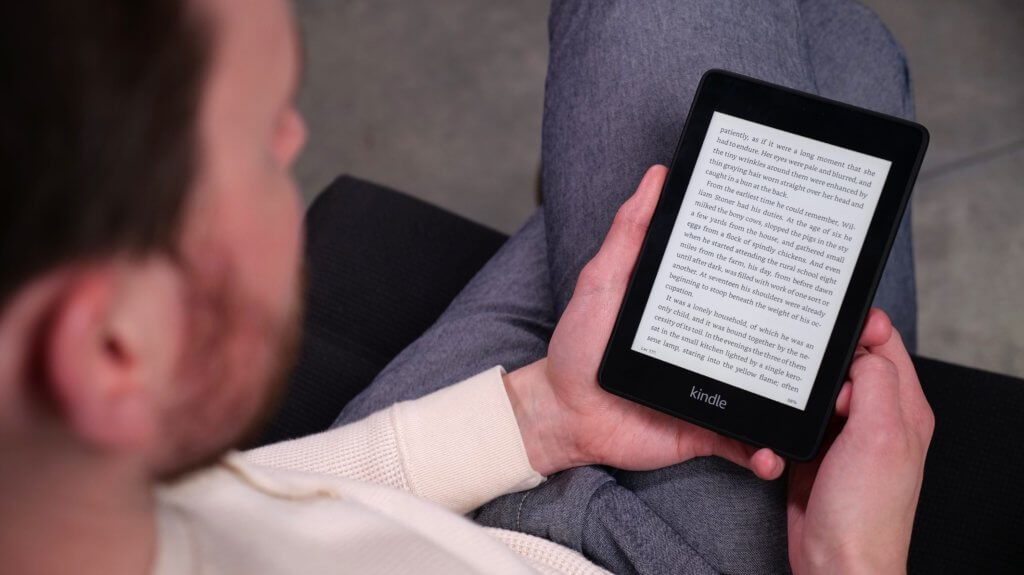
In the end, you should consider a Kindle based on your reading habits: do you prefer to read before bed in a dark room, or are you more of a read-anywhere, anytime reader?
Of course, if you’re going on holiday, you might want to consider the waterproof rating and overall, size is pretty important too, depending on if you normally carry a backpack or a bag around through the day.
So, after going through all the information and exploring the reasons to buy a Kindle, which Kindle does you plan to purchase: the Kindle Oasis or the Kindle Paperwhite? Or if you already have one, which one is it and why do you prefer it? Let us know in the comments.
Follow TechTheLead on Google News to get the news first.



















